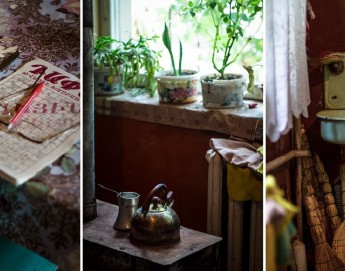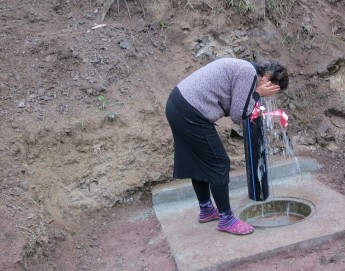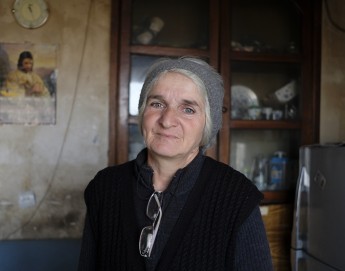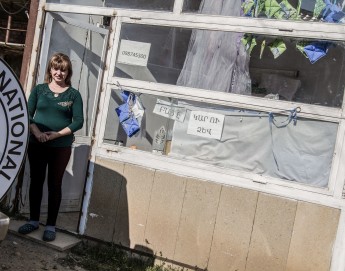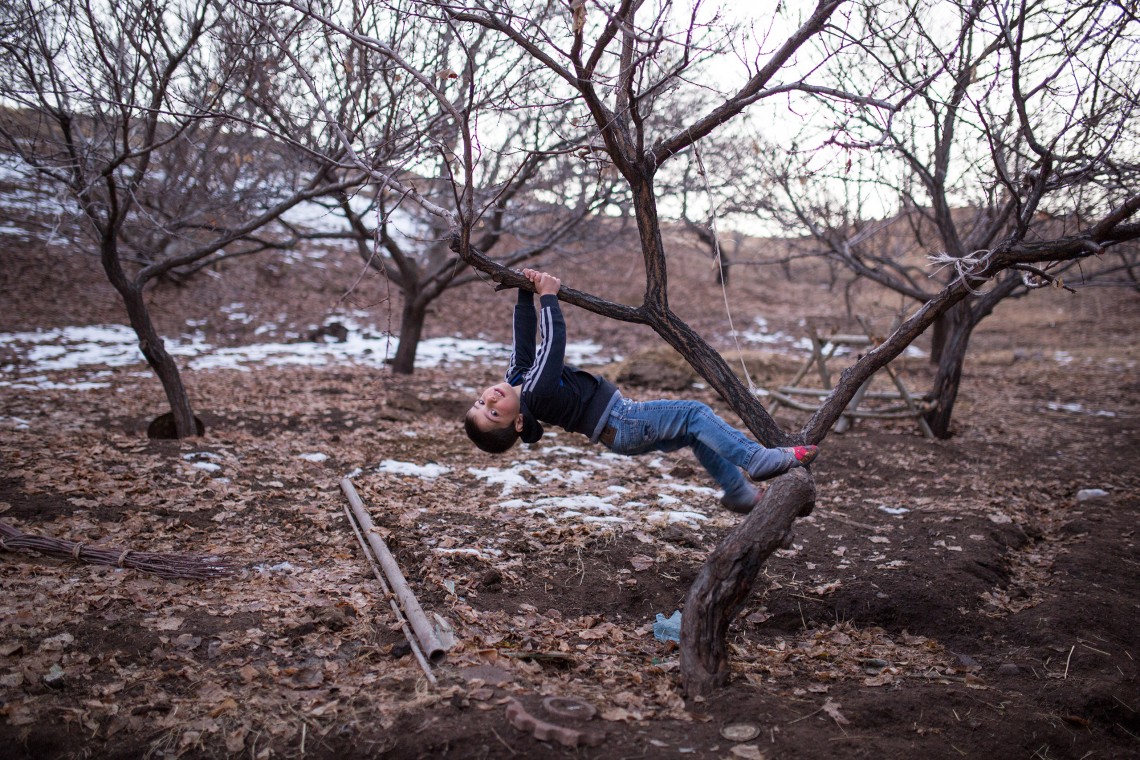
Armenia: Limited access to education – the unseen consequence of conflict

Here's Satenik, one of the kids who surrounds us as we arrive at Khndzorut, an Armenian village situated on the border with Azerbaijan. Her first question is if we speak English. Learning that we do, she looks at us with delight and then shares her dream of becoming an English interpreter and traveling to the United States.
But, her school has no English teacher.
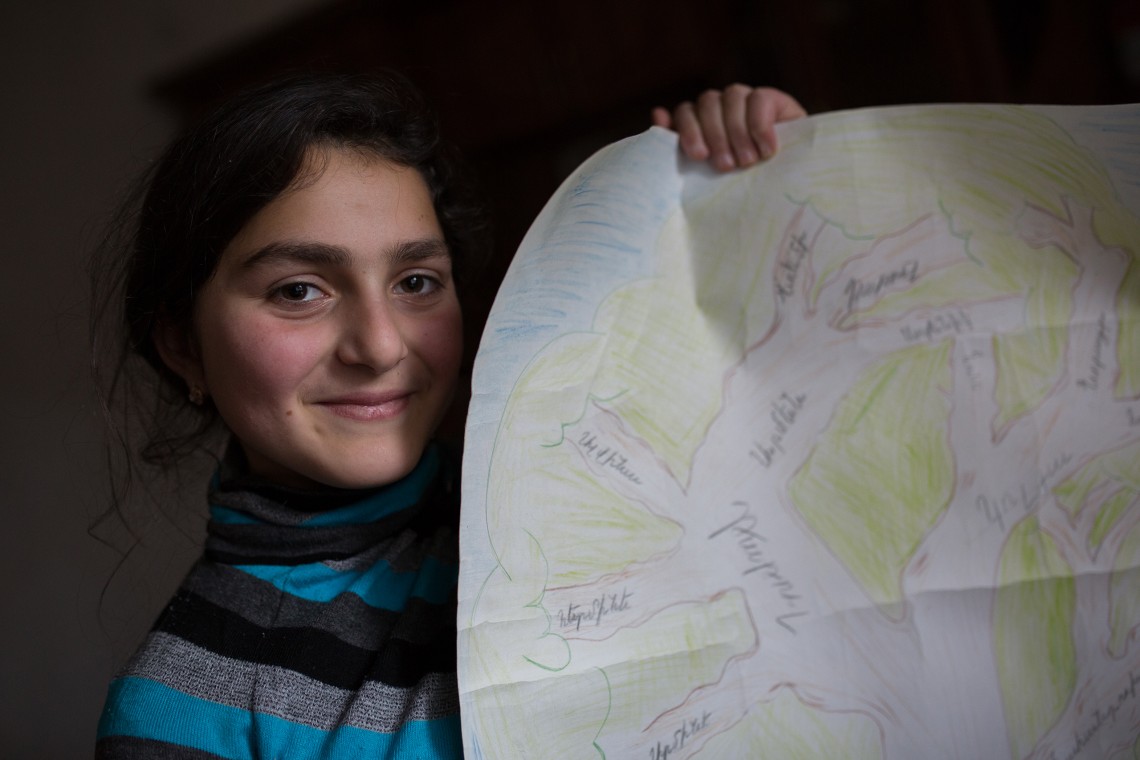
Being cut off from the humdrum of a busy life, the tiny border village of Khndzorut does not have much to offer, and the school epitomizes that. While the school routine of around a hundred children may look anything but unconventional, its conditions are striking.
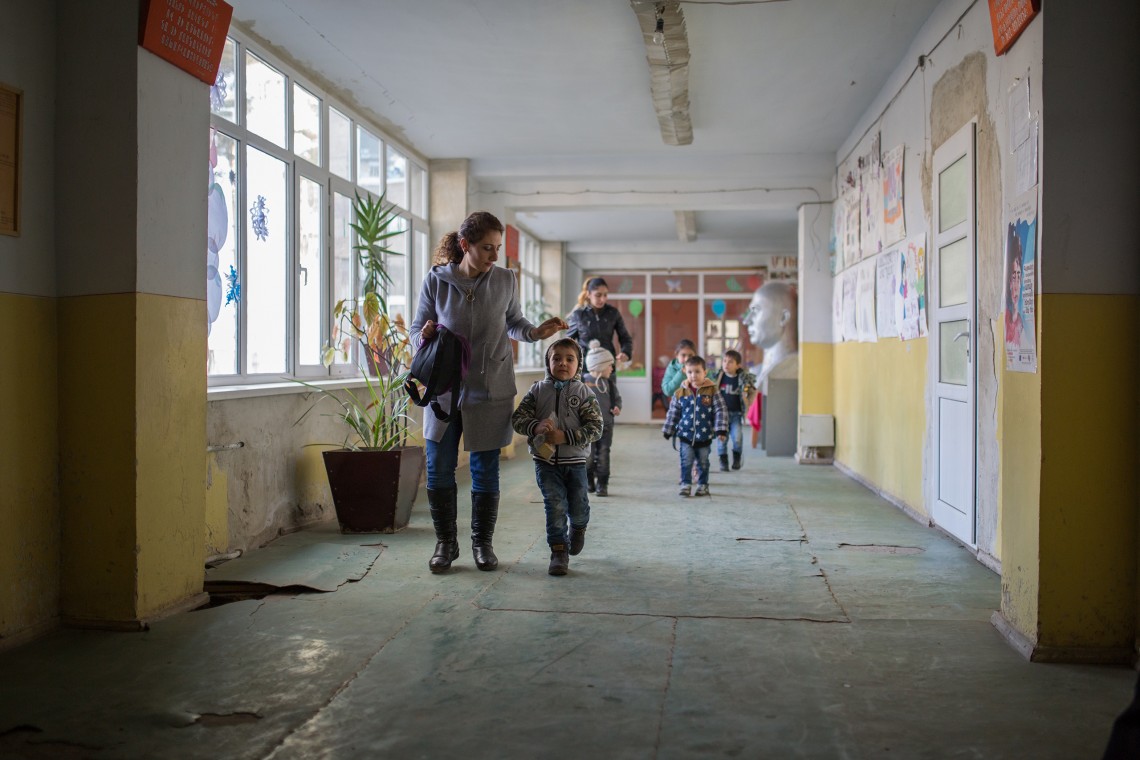
The ramshackle building hasn't been renovated in five decades, turning into a gloomy and cold place. This dullness is even more stark during winter, when there is no heating or hot water. Humidity is also a problem here – grass and roots inhabit the classrooms as much as the kids do, and moss paints the corridor walls a deep green.
We can smell the mould and hear the floor crack under our feet in the sports hall. With temperatures dipping very low during winter, it's impossible to use the space for any physical education classes.
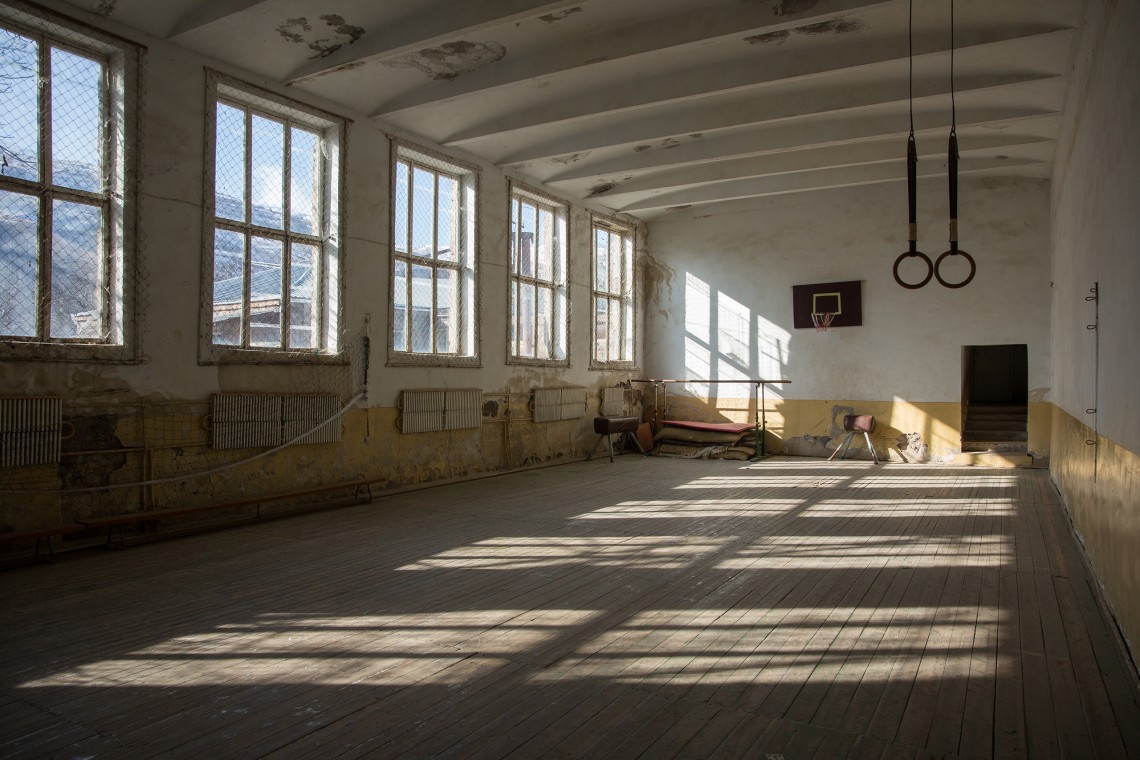
The half-destroyed school buffet is no better. The gadgets don't function properly and water freezes in the tap. A part of this space is used to serve food to younger students during summer. For the remainder of the year, the tiny place under the stairs turns into a dining area.
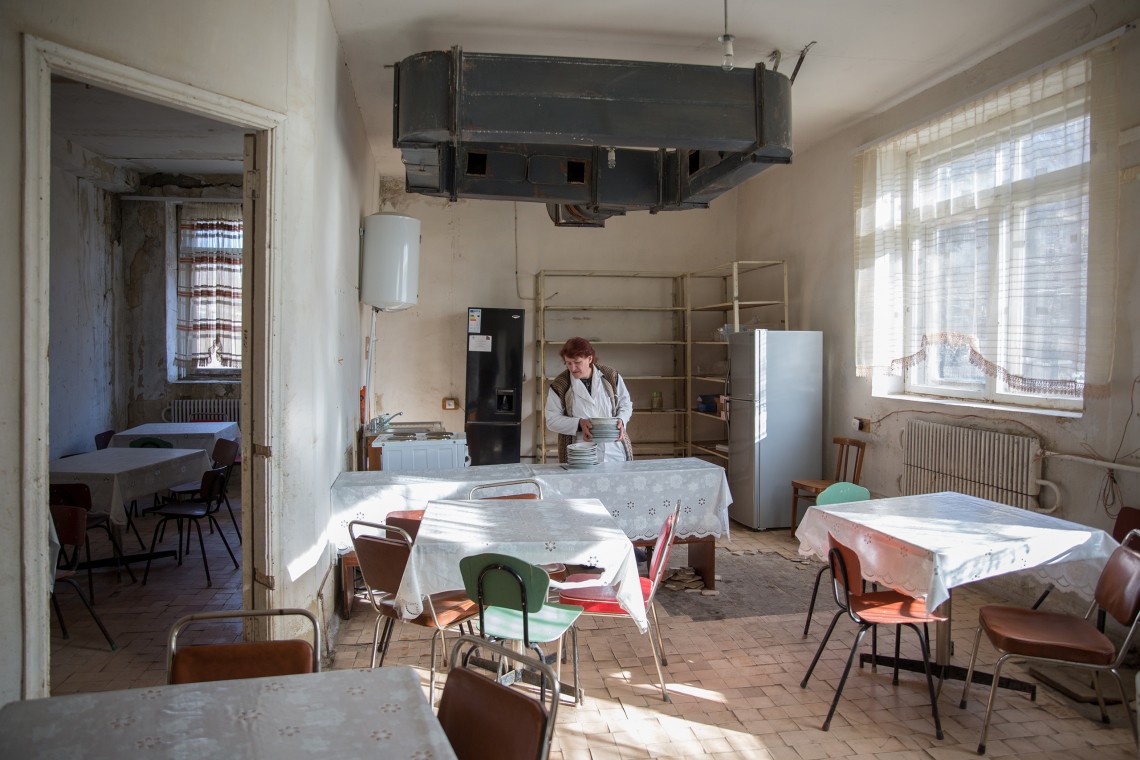
The poor condition of Khndzorut school adds to the vulnerability of living along the border, which needless to say, has a tremendous impact on children.
In a large concert hall, the International Committee of the Red Cross (ICRC) has walled in windows for heightened safety. It is a temporary refuge in case of shooting or shelling. The cracks in the walls intersect with posters about danger of landmines and how to stay safe. It's been 27 years since the unresolved Nagorno-Karabakh conflict erupted and the border schools in both Armenia and Azerbaijan feel the need to keep their children secure.
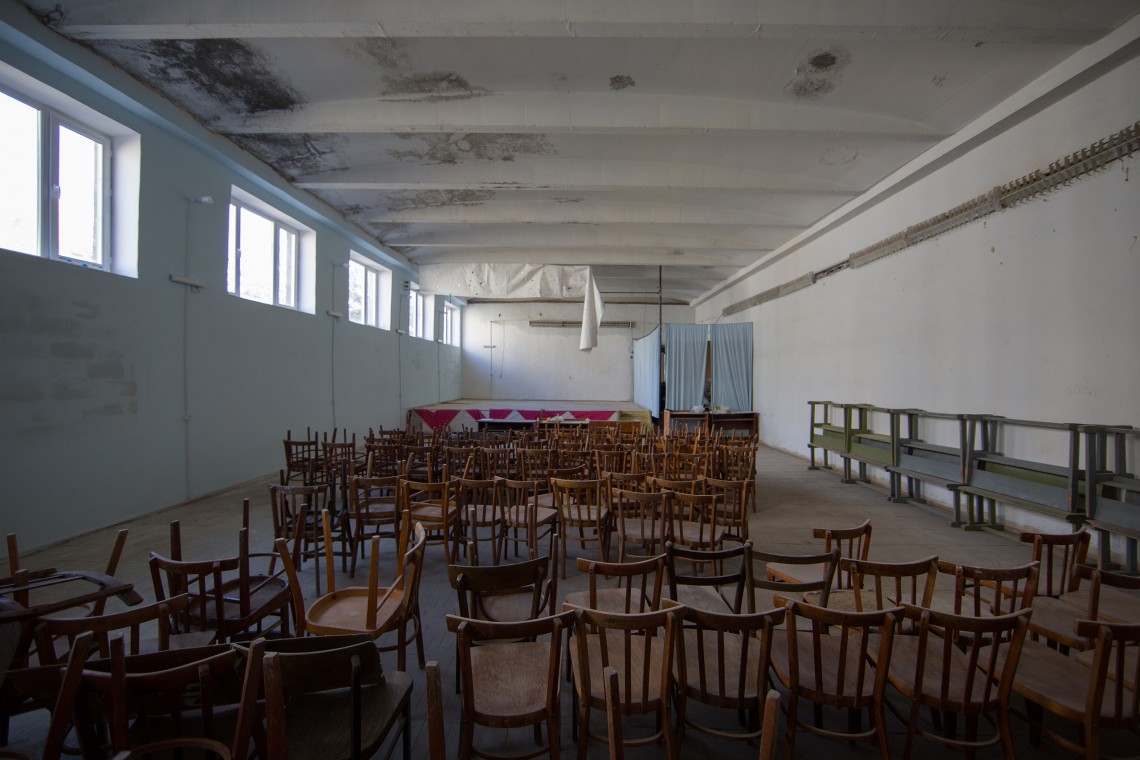
When we speak to Satenik's mother Varsik, we realize how vague the future looks in this border village.
If it continues this way and there is no English teacher next year too, I will send Satenik to Vayk, which is the closest town to us to take private classes. I will do everything to help my daughter fulfil her dream.
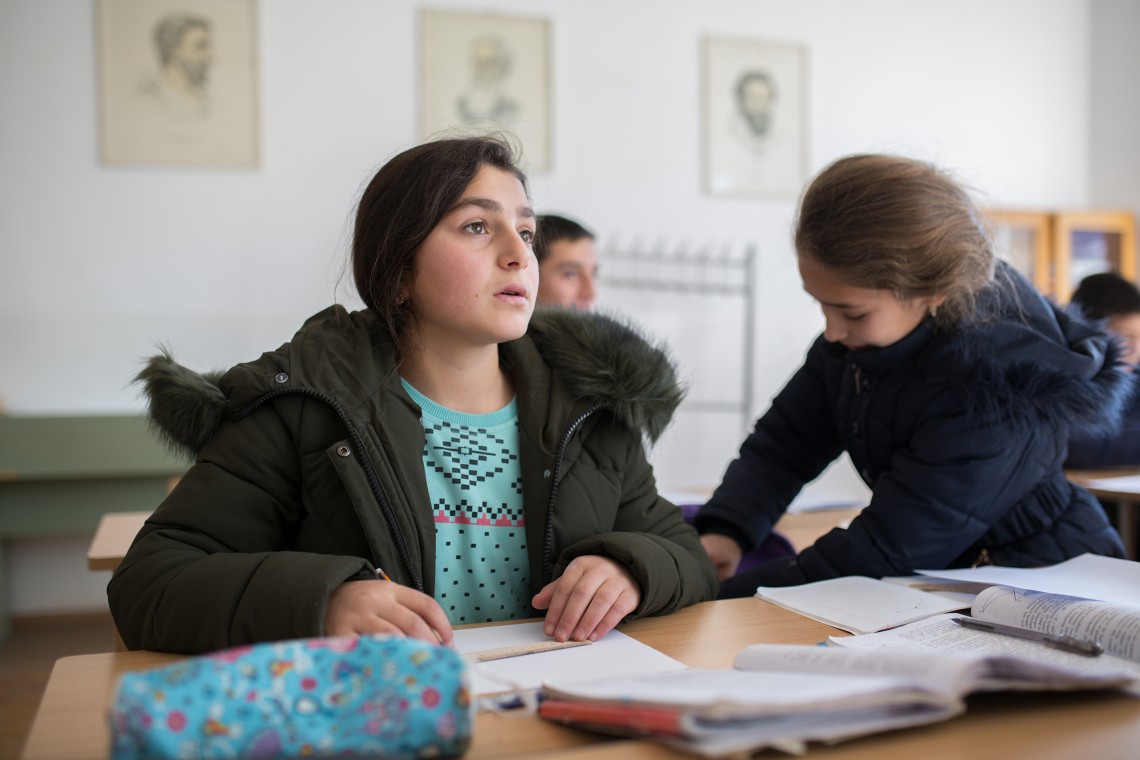
Satenik's grandfather, however, tempers her optimism. Having spent his entire life in the village, he says he cannot remember the last time there was a wedding in Khndzorut. "Thirty houses stand empty," he says, adding, "The new generation is very promising, but we are cut off from everything. People move to towns with their kids in search of a better life. This is an ageing village close to destruction."
Most men in Khndzorut earn their livelihood by doing contractual military service. Satenik's father has also been a contractual serviceman for 13 years.
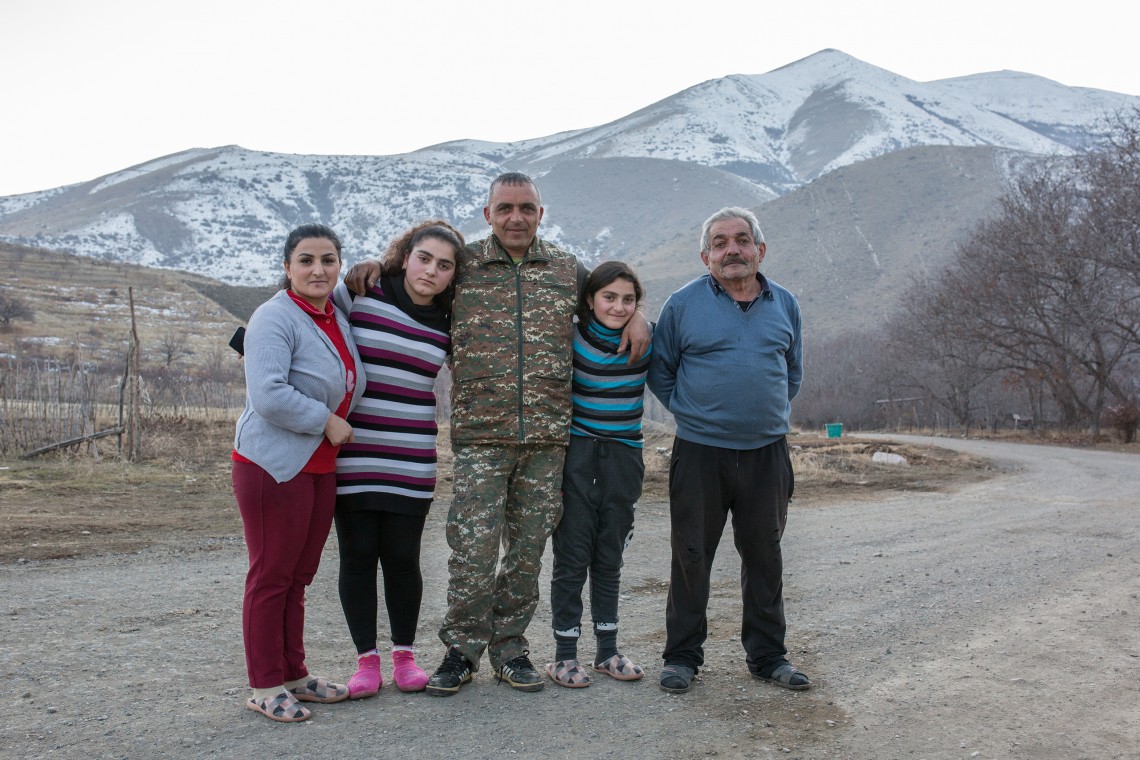
War seems to lurk everywhere – one can sense it in each house and even at school. Alvard Mikayelyan, the librarian, says children are assigned to read biographies of people killed during the Nagorno-Karabakh conflict of 1990s.
One way or another, our children are prepared for war.
The locals have lived through periods of tumult and peace since the 1990s, which has had an impact on this remote village.
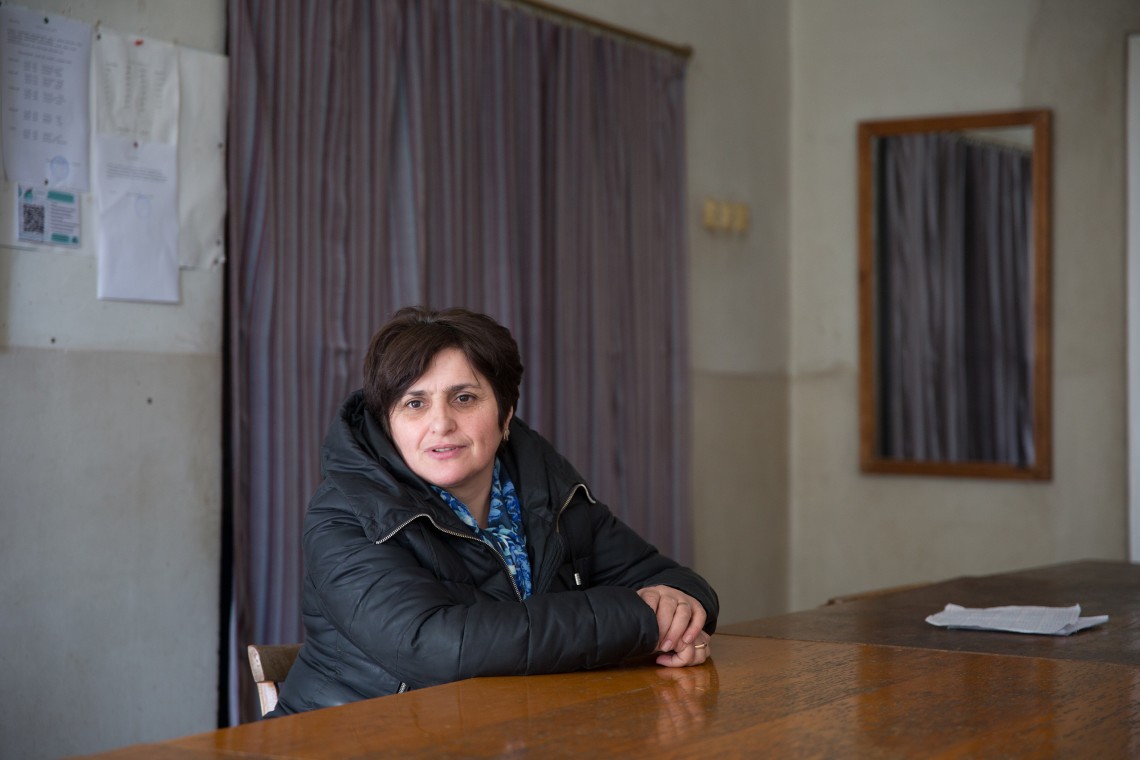
"There is nothing interesting to do here," says Anna, a 15-year-old student. "We cling to our phones all day long." There are no extracurricular activities, no clubs or playgrounds. An abandoned football field that blends into the landscape now serves as a grazing area for cows and horses.

Idleness is visible aplenty in Khndzorut, and it becomes particularly salient as the lack of choices emerge. If you are a boy, you either become a shepherd or a contractual serviceman. Hrayr Ohanyan is a teacher of informatics and sometimes takes sheep to the mountains. If it coincides with his teaching days, Hrayr skips classes. During summer, children occasionally join their fathers in this routine.
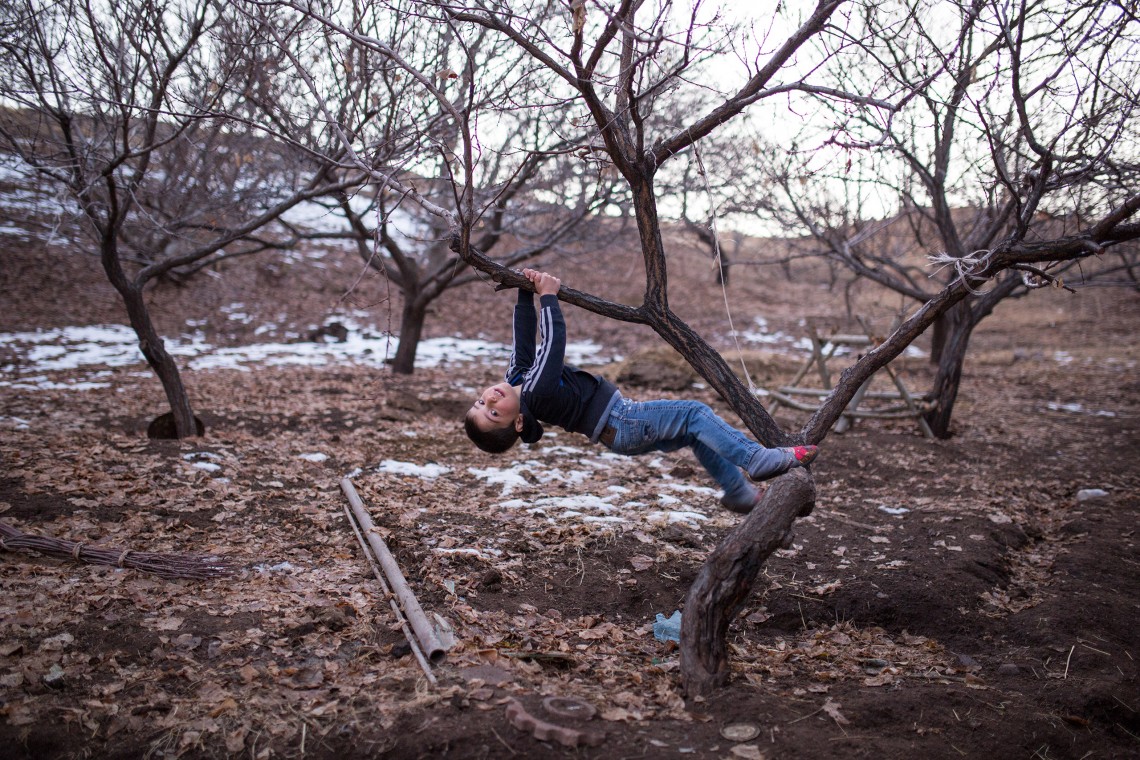
When Onik's father is away on army duty, the 10-year-old dons the cap of the "man of the house". When he grows up, Onik wants to become a doctor or a teacher of literature and as to whether he too will be a contractual serviceman, he exclaims, "Oh, no!" but then takes a pause and continues, "We will see...".
"When I turn 18, I will have to do my military service," says another young boy, Hovik Khachatryan. "After that, I am not sure what life holds for me."
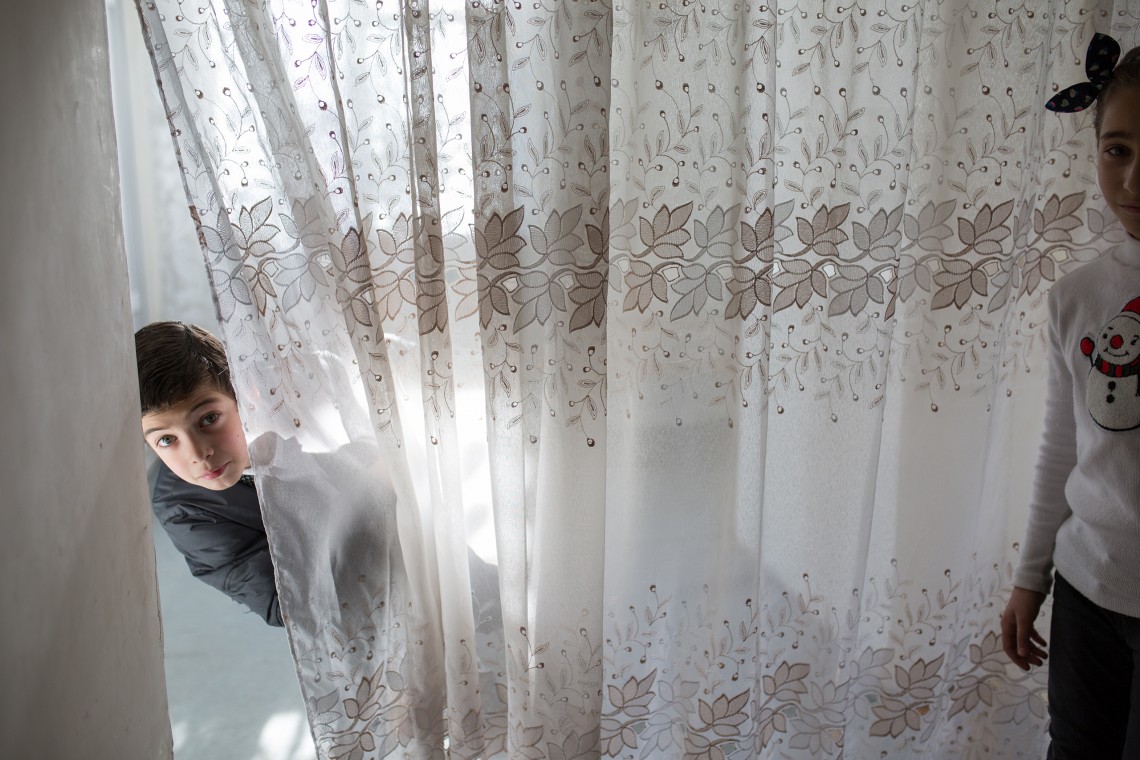
For the little girls in this village, there are just two paths to choose from – either a teacher or a homemaker after getting married. Whatever they do, having one job is not enough to sustain a living. It has been 14 years since Monica has been a teacher. She spends the first half of the day at school and dedicates the other half to her newly established small business – a bistro that she runs till midnight.
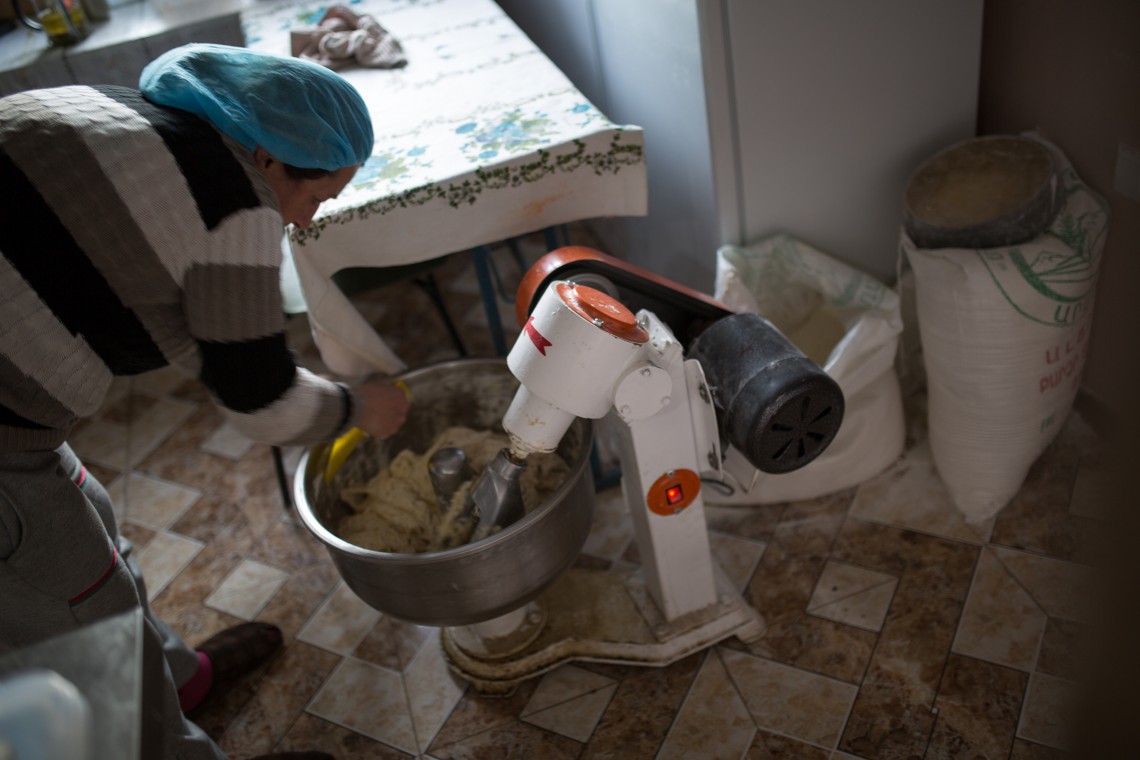
Back at the school, we meet Satenik's classmate Manvel from the seventh grade. He rushes to get on a Soviet-era bus to travel a couple of kilometres to the neighbouring Nor Aznaberd. There was a time when Azerbaijanis lived in that village. Things changed with the Nagorno-Karabakh conflict, making the villagers swap their homes with Armenians who left their abodes on the other side of the border.
As there is no school in Nor Aznaberd, Manvel, his two brothers and other children travel to Khndzorut every day to study. The bus is old, has no heating and often breaks down.
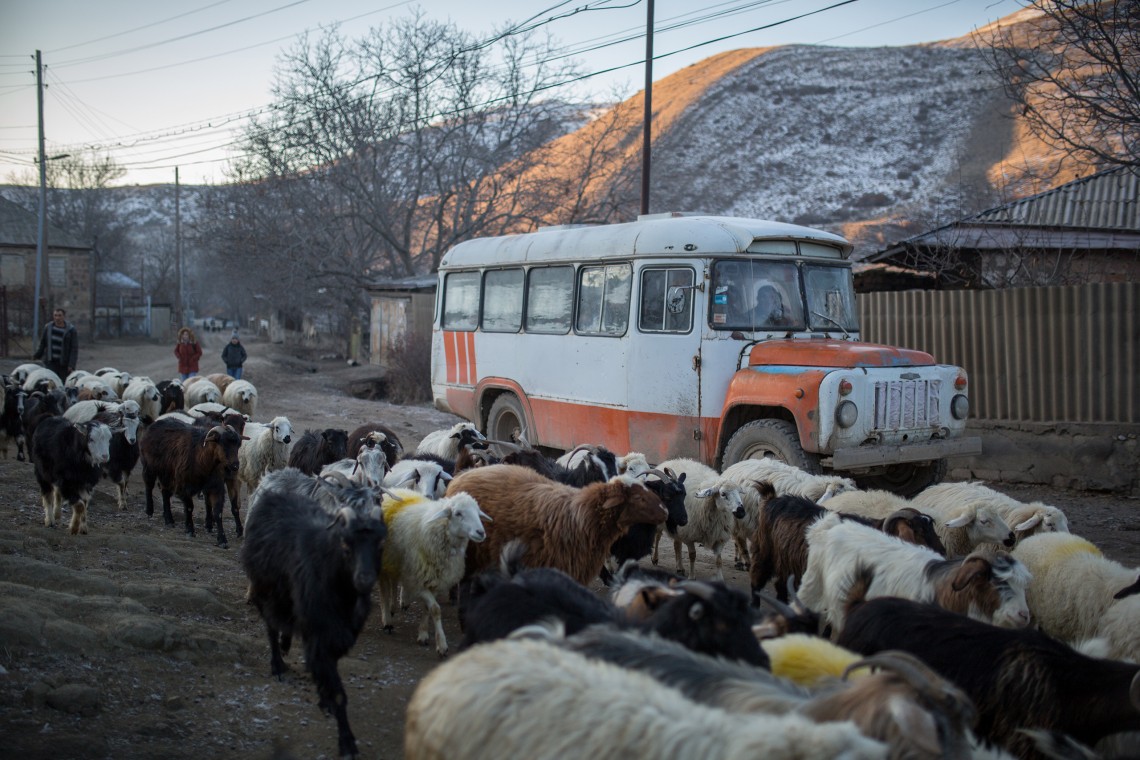
Manvel is full of dreams and tries to study well. His parents think about leaving the village one day in search for a better future for the kids. His father Vagharhak Antonyan is also a contractual military man and spends two weeks in service and other two weeks with the family. These shifts define almost everything in their life, including the waiting and joy upon the father's return home.
We are afraid to send our children to school. They wake up very early and have to cross the road exposed to military positions, which is risky.
As a 12-year-old, Manvel stares at the realities of his existence every day, and his mother says, "I know he is disappointed."
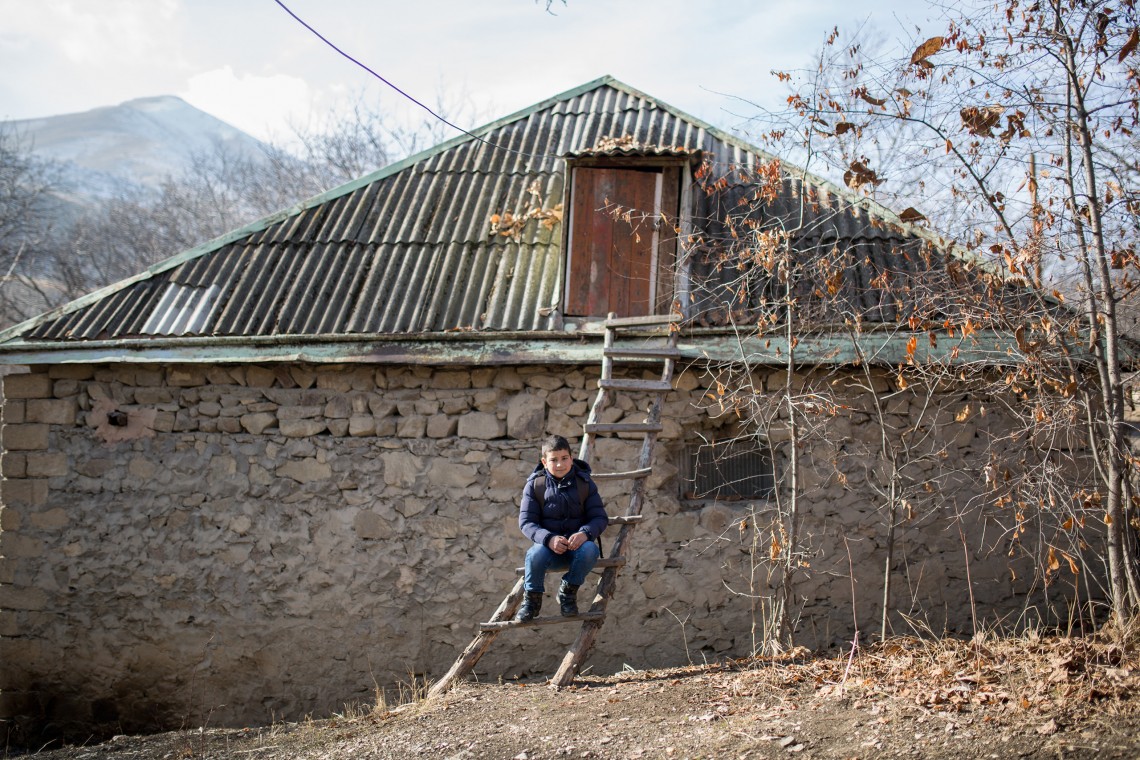
Holding similar views are Arakel Hayrapetyan and his brother Zohrak, who live in a house on the edge of the village together with ten other family members. For them, their life choices were made early in life and the pattern seems to be repeating for their five little sons. Both work in the military and do alternate shifts so that one of them can be home. Accordingly, some of the kids cheer up while the others become sad every two weeks.
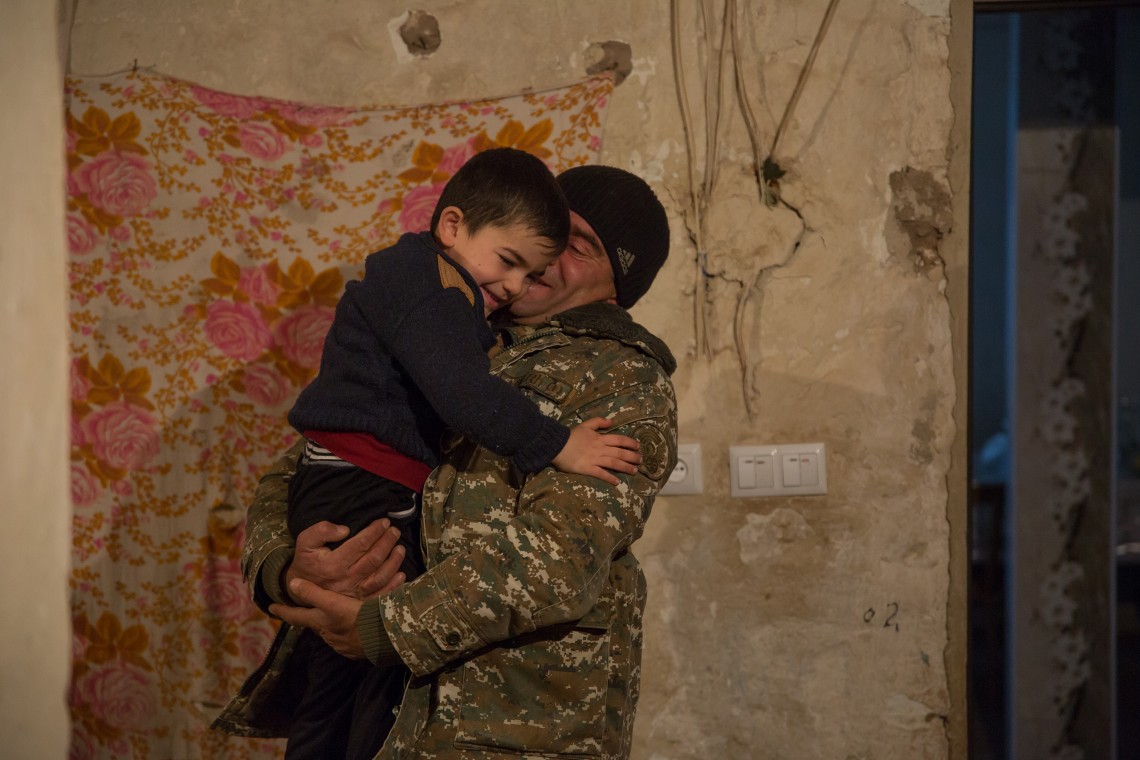
We enter a spacious room covered with rags all around. On one side of the room, the elder of the house – Arakel's and Zohrak's father – dines alone at the big ascetic table. On the left, the entire family is gathered around the wood stove, closer to light and warmth.
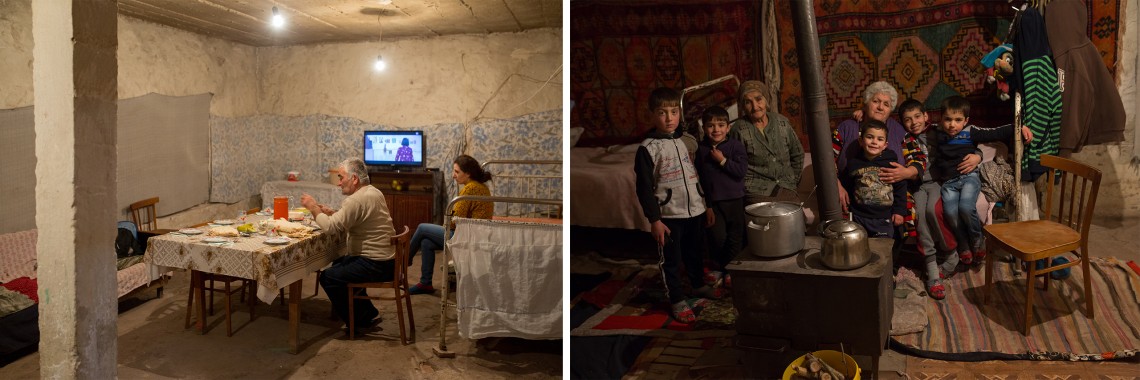
Beyond all this feeling of isolation and restriction, love also blooms in the air of Khndzorut. While the daily struggles of the grown-ups might bring dismay, the dreams of their children radiate optimism. In the middle of both these extremes lies the reality. And the reality is that life in this border village is dictated by conflict-related risks and consequences, thus putting basic facilities like education on the backburner.
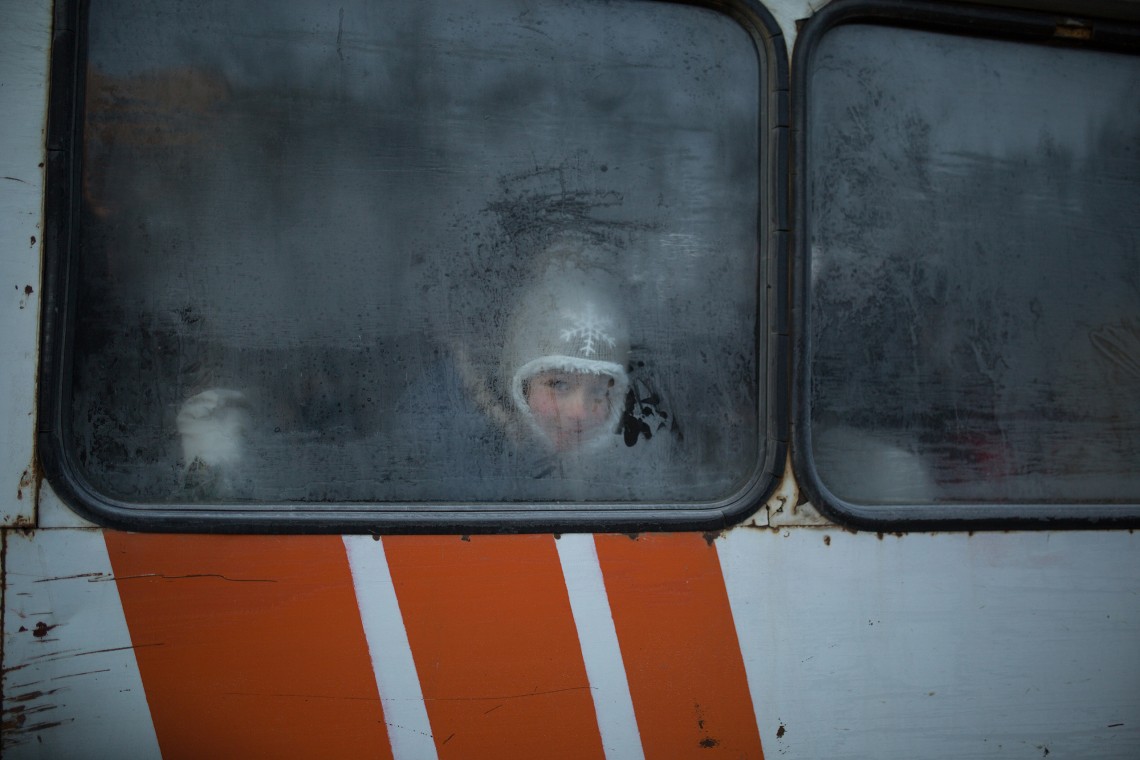
The ICRC has been present in communities located on both sides along the border between Armenia and Azerbaijan, helping the affected populations mitigate the consequences of the Nagorno-Karabakh conflict. Our activities have addressed some of the primary concerns of people living in these areas, such as security, access to farmland and water, emergency health care as well as issues of economic, social and psychological well-being. In 2019, we embarked on a process of enhancing meaningful and permanent access to education for children living in villages on both sides of the border. It is critical that children receive quality and competitive educational services despite the insecurity and volatility of their situation.

